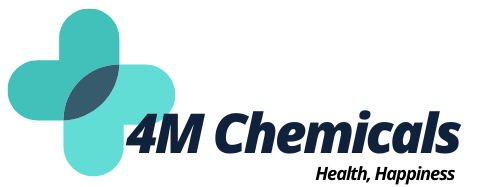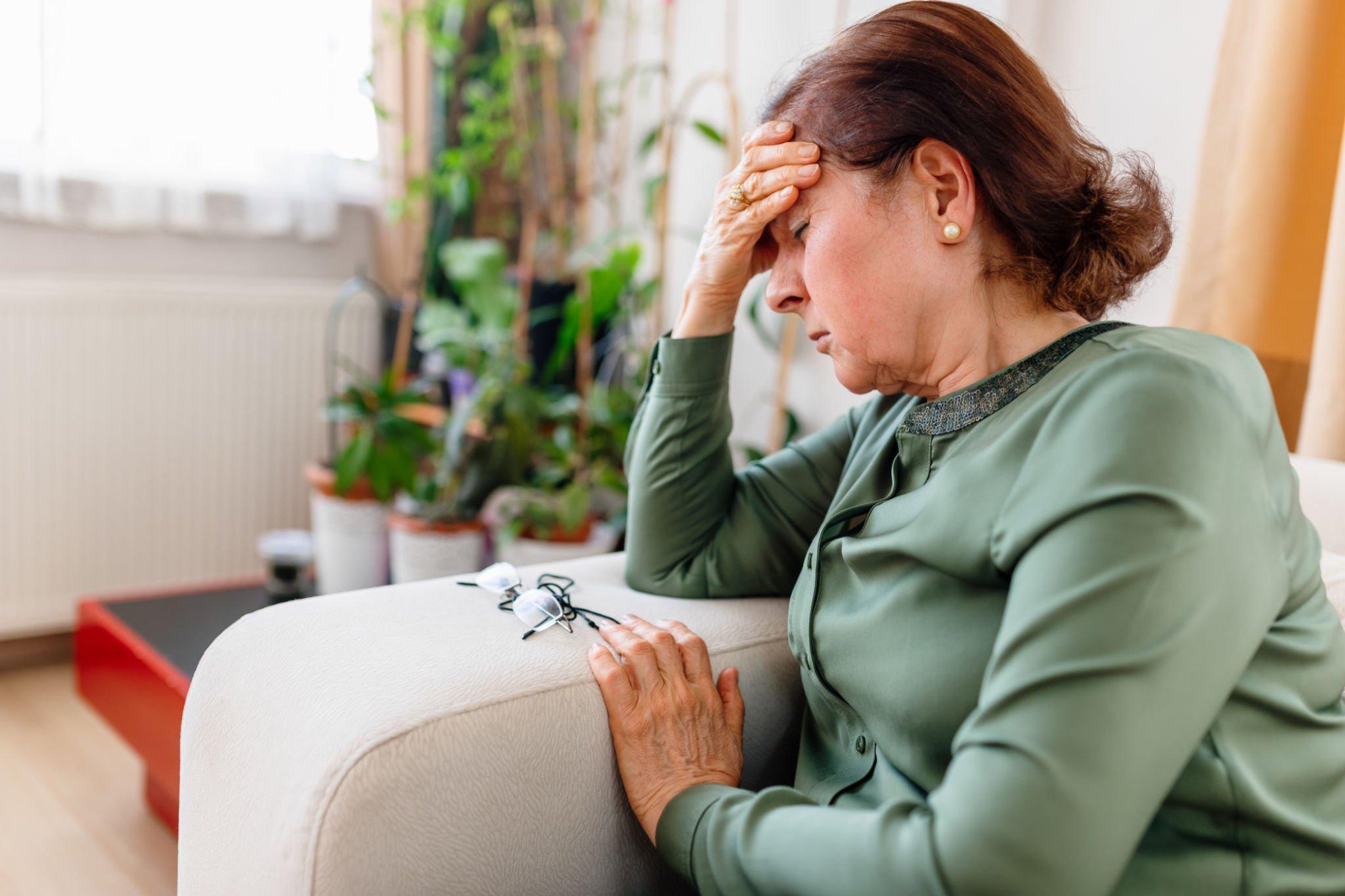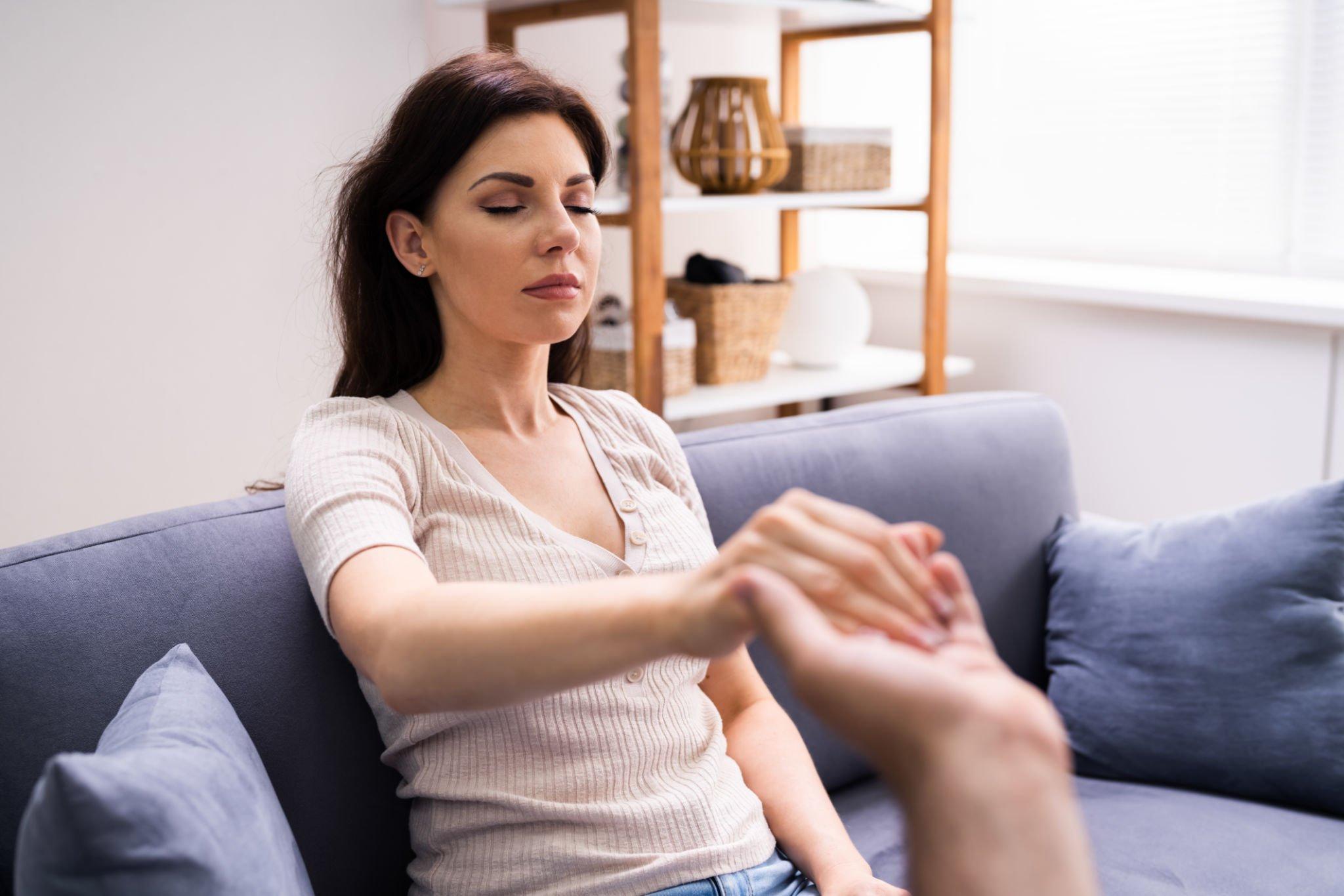You can engage in some simple techniques each day for only ten minutes to help you manage stress, reduce anxiety and enhance cardiovascular health. You also gain more capacity to relax.
The Relaxation Response
The ‘relaxation response’ is a meditative technique that has been embraced by therapists and physicians globally as a valued addition to therapy for relieving symptoms of diseases like cancer, among others.
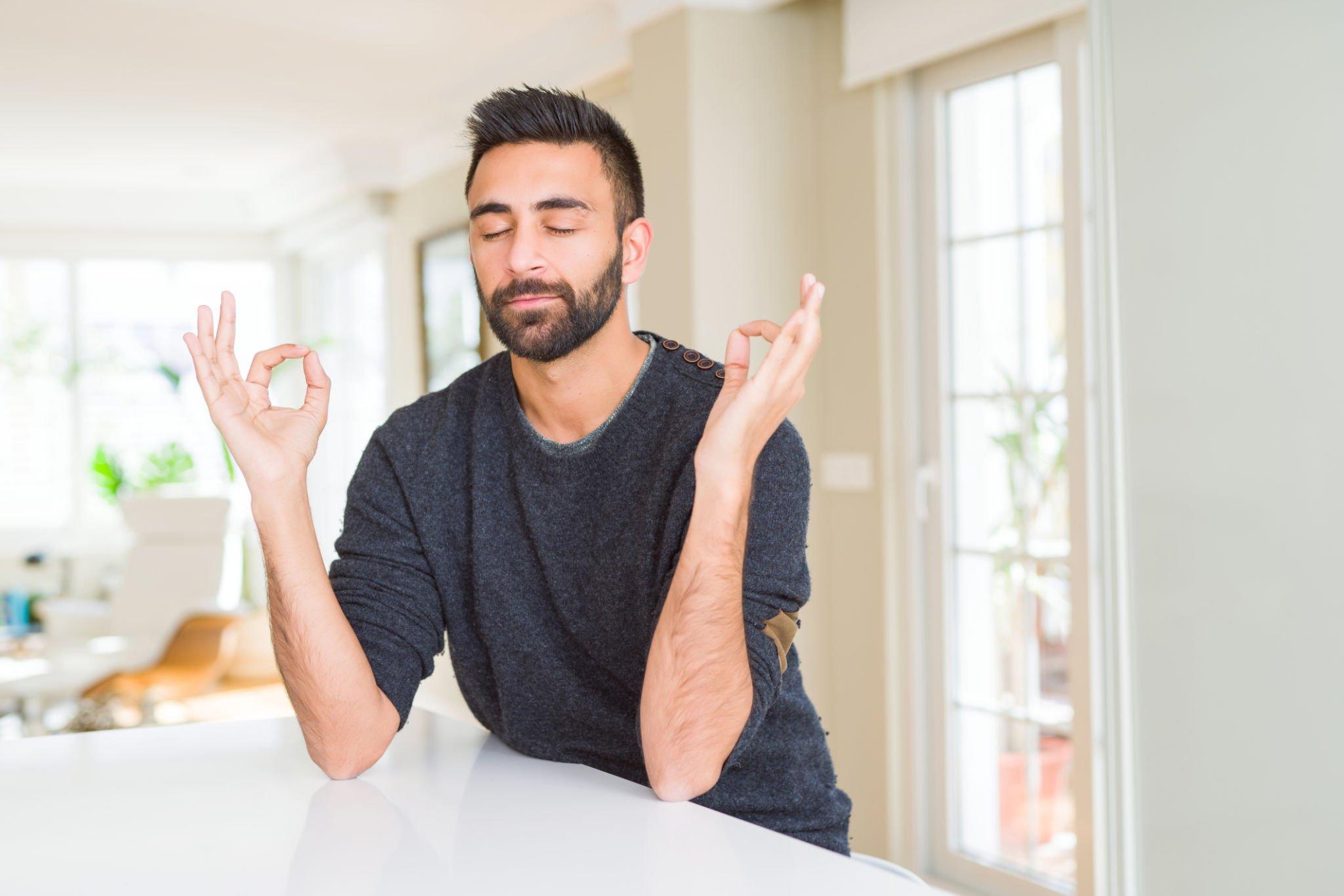
When we experience sudden threats or stress, we react with a specific ‘fight or flight’ reaction. At times, it is termed an ‘adrenaline rush’ where the hormones norepinephrine and epinephrine (adrenaline) are emitted from the adrenal glands, leading to increased blood pressure, quicker breathing, and raised blood flow to the muscles.
The technique of relaxation response is designed to produce the opposite bodily response from the ‘fight or flight’ response; a state of intense relaxation where our pulse rate, breathing, metabolism and blood pressure are decreased.
When we train our bodies every day to attain this state of relaxation, our mood improves, blood pressure reduces and the pressure of day-to-day life reduces.
Steps for Relaxation Response
The technique of relaxation response involves silently repeating a sound, word, or phrase while seated quietly with your eyes closed for 10 to 20 minutes.
You should do this in a quiet area that does not have any distractions. Sitting is better compared to lying down to avoid you falling asleep. Make your muscles relaxed beginning with the feet and moving upwards to your face. Breathe freely and naturally through your nose.
Choose any phrase or word that you like which has a special meaning to you, for instance, ‘one’ or ‘peace.’ You should make an effort to ignore intruding thoughts or worries by concentrating on repetition.
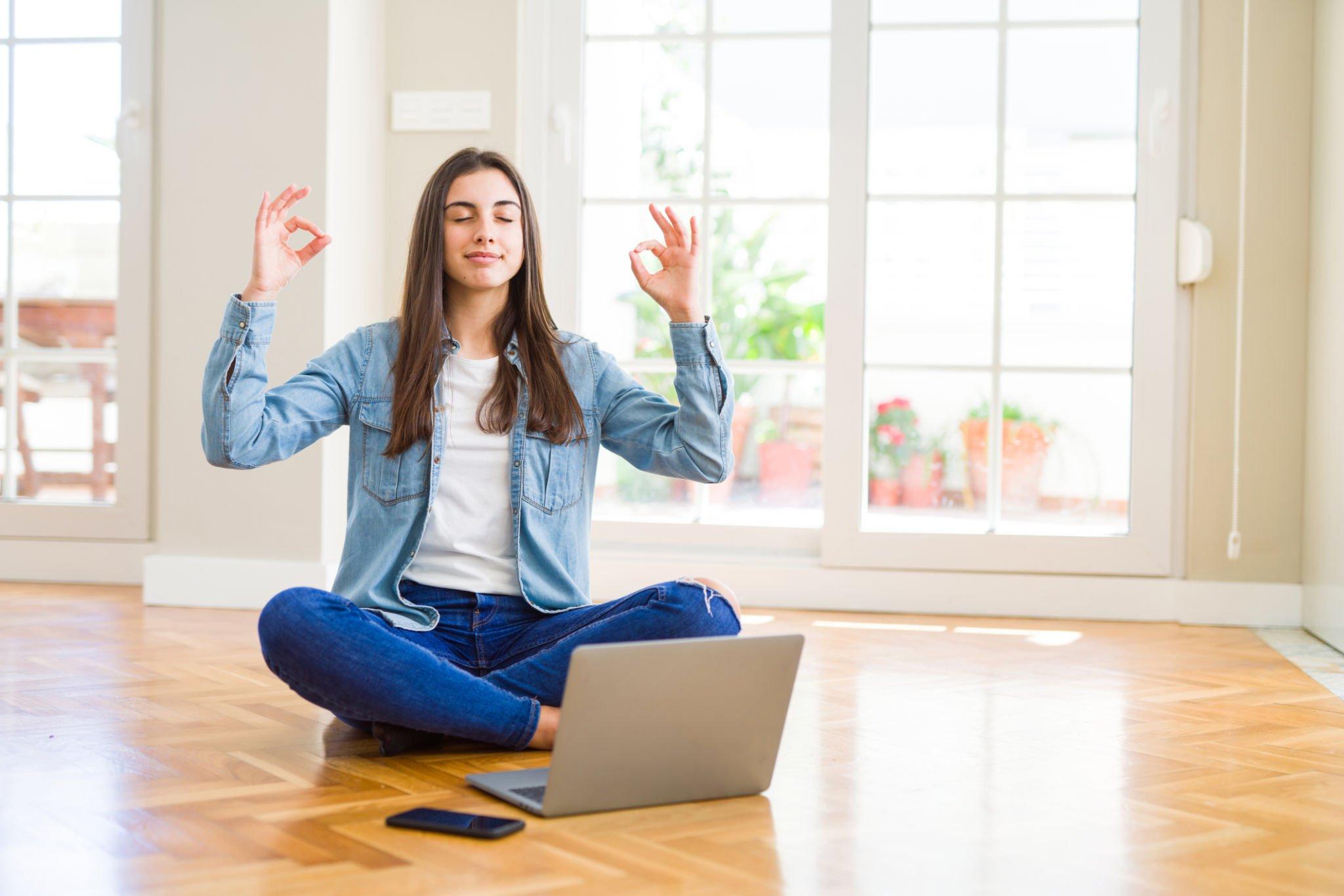
You can open your eyes and look at a clock as you practice; but, do not set an alarm. Remain seated when you finish first with your eyes closed then afterward with your eyes open. Slowly let your thoughts go back to everyday reality.
The method needs some practice and at first, you may find it difficult. However, with time, anyone can acquire knowledge to get the state of relaxation that is required. It is advisable to practice the technique once a day or twice. Practice the relaxation response two hours after eating. The reason is that the process of digestion may affect the technique.
Benefits of Meditation
A key advantage of meditation practice is that it is safe. No injuries are linked to it. You do not need any type of equipment to practice meditation; all you require is sufficient space. It is the reason physicians recommend this technique to patients who experience conditions that are related to stress.
You can practice it under the supervision of health specialists, doctors, and meditation and yoga teachers. You can also self-direct, however. You should first learn the method using the guidance of doctors and teachers and afterward practice it alone.
Various meditation classes and courses are available like Reiki healing, Tibetan, Zen, tai chi, Transcendental and martial arts that give lessons on the correct meditation techniques.
